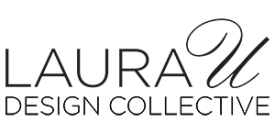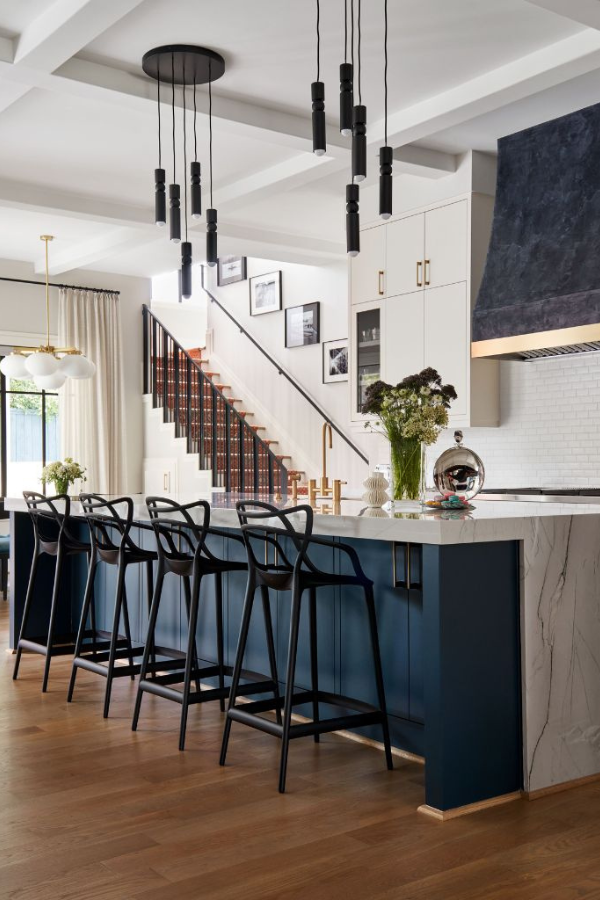As the first month of 2024 comes to a close, homeowners considering a house remodel are understandably concerned about the changing costs associated with those projects. Today’s home remodeling landscape has been shaped by the economic and industry shifts of preceding years. The interplay of factors like fluctuating material costs, labor market variations, and overarching economic trends—including interest rates and inflation—sculpts the financial landscape of home remodeling in 2024. In this post on The Journal, we hope to offer homeowners a clear, factual perspective to make informed decisions about their remodeling projects. If you are unsure how much to allocate to your home renovation budget in 2024, read on to learn about mortgage rate predictions, material costs, and so much more.
What Does the Current Economic Climate in the United States Look Like?

For those unfamiliar with the current economic climate in our nation and how that might impact remodeling costs, let’s take a look at predictions from Ginger Chambless at J.P. Morgan, researchers at Stanford’s Institute for Economic Policy Research (SIEPR), and economics analysts at Goldman Sachs Research.
Economic Growth and Soft Landing
Experts predict some economic deceleration in 2024, influenced by the broader impacts of monetary policy and diminishing post-pandemic tailwinds. The Real GDP growth is predicted to walk a fine line between slight expansion and contraction, a situation often referred to as a soft landing.
This follows a better-than-expected growth rate in 2023, with consumer spending likely to increase at a more subdued pace in 2024. Fiscal spending, on the other hand, might shift from being a positive contributor to a modest drag. Looking at economic data, 2024 is expected to be a fairly calm year.
Federal Reserve Policies and Interest Rates
Most assume that the hiking cycle of the Federal Funds Rate has concluded, and expect rates to hold around 5.25%-5.5% until mid-2024. Last week, the FFR was 5.5. Assuming inflation continues its moderating trajectory, there could be a gradual normalization of policy rates starting around mid-year, potentially leading to rate cuts by the end of 2024. The pace of quantitative tightening is expected to be maintained through 2024.
Consumer Spending and Sentiment
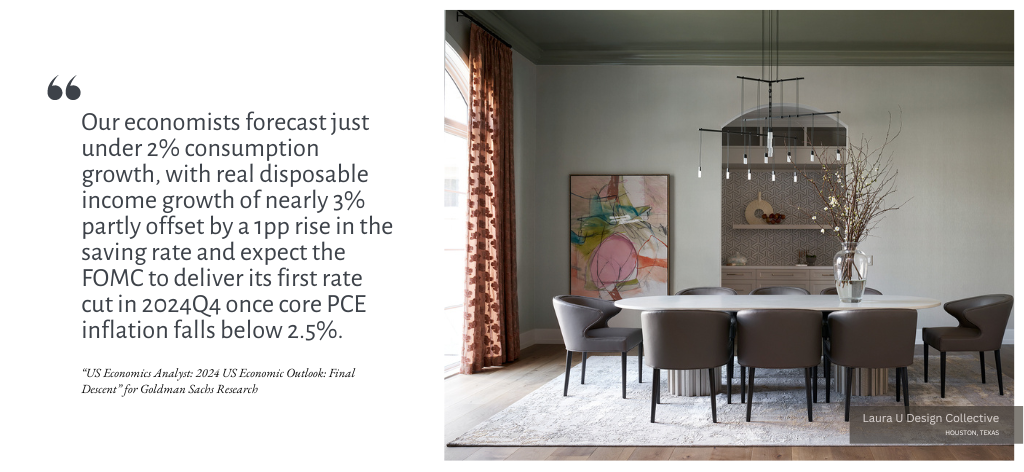
Despite a strong economy with low unemployment and robust GDP growth, consumer sentiment appears weak. This disconnect is partly attributed to the impact of past years’ inflation and may also be influenced by the rise of social media as a significant source of information.
If inflation continues to ease, consumer sentiment is expected to improve. However, the role of partisan factors and the amplification of negative news on social media could affect this sentiment, especially in an election year.
Labor Market Trends
The labor market is showing signs of normalization, with the possibility of unemployment drifting higher in 2024 while remaining low in a historical context. Factors like increased labor force participation, immigration patterns, and a shortening work week indicate a moderation in demand for labor. Slowing wage gains in the context of a softer labor market are also anticipated.
Inflation Trends
After reaching high levels in 2022, inflation was not expected to cool down in 2023, though it is expected to remain above the Federal Reserve’s 2% target through 2024. Core goods inflation has seen significant improvement, while core services inflation, which includes the shelter category, has been slower to moderate.
Housing Sector
There has been a notable drop in housing sector activity over the past 18 months, primarily due to higher interest rates. However, this decrease sets a foundation for potentially improved performance in 2024, albeit the outlook remains muted amid continuing high interest rates.
Taking a Look at How the Current Economic Climate Might Affect Home Remodeling Project Costs
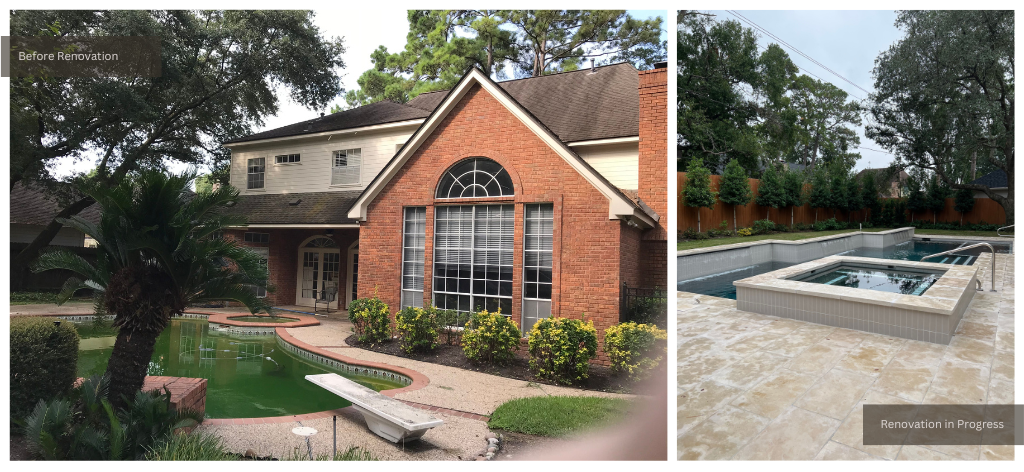
Projected economic growth in 2024, though modest, indicates a generally stable economic environment. This stability might encourage homeowners to invest in home improvements, expecting a good return on investment, especially in a potentially improving housing market. However, the cost of home remodeling in 2024 will likely be influenced by a mix of factors including interest rates, consumer confidence, labor market conditions, material costs, and overall economic health. Here’s how the above predictions about the state of our economy might the cost of your home improvement project in the coming year.
If Interest Rates Fall…
The assumption of stable or slightly decreasing interest rates in the latter half of 2024 could make borrowing more affordable for homeowners. According to this article from The Wall Street Journal, the Mortgage Bankers Association predicts 30-year mortgage rates to hit 6.1% by the end of this year.
If the Federal Reserve cuts rates as anticipated, homeowners might find it more economical to finance their remodeling projects through loans or mortgage refinancing (especially if they opted for a fixed rate mortgage at a higher rate). This could potentially increase the demand for remodeling as funding becomes more accessible.
If the Labor Market Softens…
The normalization in the labor market and potential increase in unemployment could have a dual effect. On one hand, a softer labor market might lead to a stabilization or decrease in labor costs for remodeling. On the other hand, if homeowners’ income levels are affected, they might be less inclined to undertake significant remodeling projects.
Bear in mind that the cost of skilled labor in home remodeling varies significantly across different regions. In areas with a high demand for skilled labor or where there is a shortage of qualified professionals, labor costs are generally higher.
This regional variation affects the overall budget for home remodeling projects. For example, urban areas or regions with booming real estate markets might see higher labor costs due to increased demand for skilled workers.
If Inflation Stabilizes…

While inflation is expected to remain above the Federal Reserve’s 2% target, its moderation could lead to a stabilization in the prices of construction materials. If material costs don’t rise as sharply as in previous years, this could help in keeping the overall costs of home remodeling projects from escalating too rapidly.
If the Housing Sector Improves…
The expected improvement in the housing sector could lead to a renewed interest in home purchases and renovations. If the housing market becomes more active, this could potentially drive up demand for remodeling services, possibly affecting project costs due to increased demand.
Popular Remodeling Projects and Their Estimated Home Renovation Costs
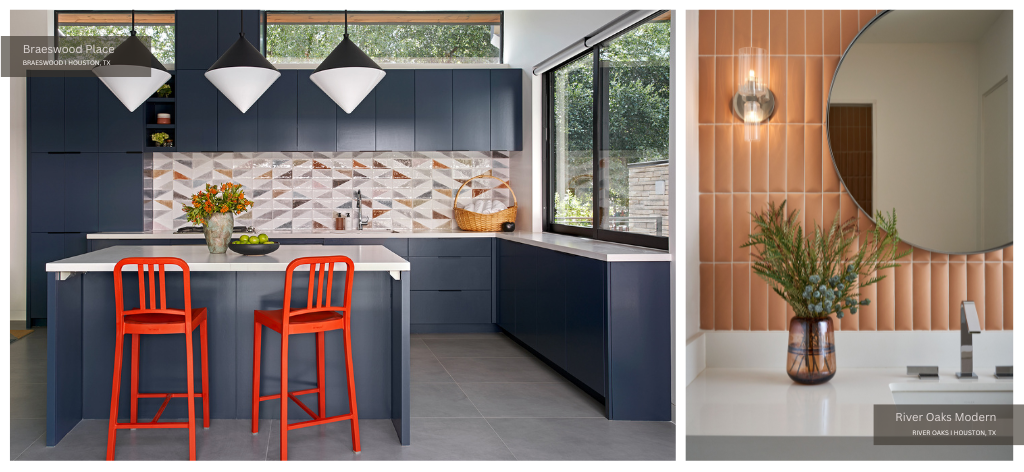
Of course, remodeling costs vary widely depending on the type of renovation project the homeowner pursues. For example, a simple garage door replacement will cost significantly less than whole home projects like laying hardwood flooring throughout or building an addition on the main house.
Popular Renovation Projects in 2024
Kitchen remodels are among the most popular home improvement projects. They can range from minor updates, like cabinet refacing or new countertops, to complete overhauls involving new appliances, flooring, and layout changes. Bathroom renovations are also highly sought after. These can include simple cosmetic changes like new fixtures and paint or more extensive modifications like installing new bathtubs, showers, or expanding the bathroom space.
Enhancing outdoor living areas has gained popularity. Projects vary from building or expanding decks and patios to adding outdoor kitchens, fire pits, or landscaping improvements. For example, outdoor lounge areas outfitted with sectionals and outdoor fireplaces are quite sought after.
Estimated Costs for Each Type of Project
Kitchen renovations can vary widely, typically ranging from a few thousand dollars for minor updates to tens of thousands for high-end remodels. Bathroom remodels can start from a few thousand dollars for basic changes to over $20,000 for luxury renovations. Outdoor space enhancements can range from a few thousand dollars for basic landscaping to higher amounts for extensive projects like outdoor kitchens.
The scale of the project, choice of materials, labor costs, and regional price variations significantly impact the overall cost. Custom work, high-end materials, and structural changes increase expenses, but is often well worth the added cost. Local regulations, permitting costs, and the current condition of the space also play a role in determining the final amount that homeowners pay.
Financing Your Remodel in 2024
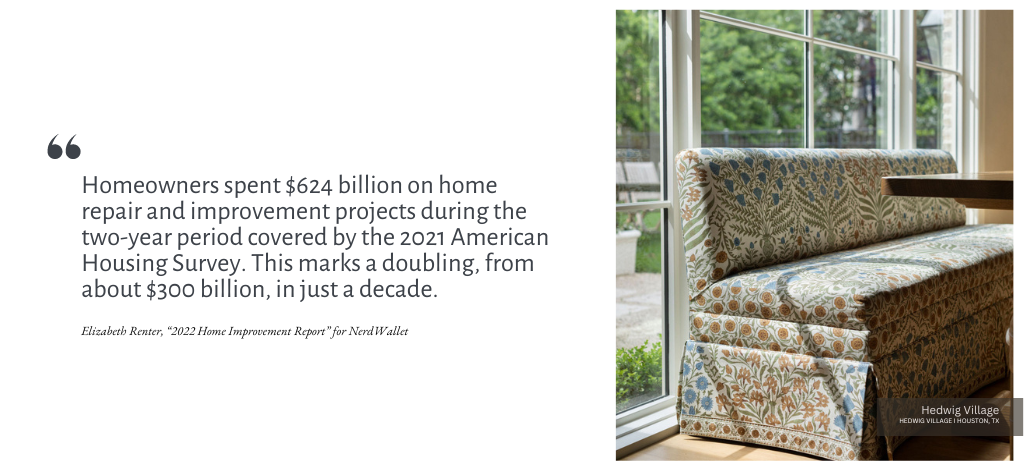
2020 was a banner year for remodels as homeowners opted to update outdoor spaces and make the most of their home interiors. According to Hannah Bareham in an article for Bankrate back in 2020, a shocking 57% paid “For their project with a credit card…[and] Only 11 percent of those surveyed reported that they plan to use a loan to fund their major renovation.”
However, the NerdWallet 2022 Home Improvement Report found that from 2019 to 2021, American homeowners undertook approximately 135 million home improvement projects, spending an estimated $624 billion. The report also found that fewer than half (42%) of homeowners who undertook home improvement projects over the past two years were able to easily pay for most of them without tapping into savings, going into debt, or making sacrifices. This suggests that a significant portion of homeowners may have financed their home improvements, though specific percentages for financing methods are not provided.
Opting to finance a remodel with a cash out refinance or loan might not be as common as spreading the cost over a couple of credit cards, but it can be beneficial for many homeowners. Here’s how you might approach financing a major home renovation project of your own.
Traditional Financing Options to Cover Your Home Renovation Costs
Traditional financing options for home remodeling include home equity loans and Home Equity Lines of Credit (HELOCs), as well as personal loans and credit lines. Home equity loans offer a lump sum with fixed interest rates, using the homeowner’s equity as collateral. HELOCs, on the other hand, provide a revolving credit line with variable interest rates. Personal loans and credit lines are unsecured loans, often with higher interest rates but without requiring home equity.
Alternative Financing Trends
Alternative financing methods are gaining traction, including cash-out refinancing and government loans or grants for specific project types. Cash-out refinancing involves replacing the current mortgage with a new one for a higher amount than owed, and taking the difference in cash. This is often used for larger renovation projects. Government loans or grants are available for specific purposes, such as energy-efficient upgrades or historical renovations, often with favorable terms.
The Impact of Interest Rates on Financing Choices
Interest rates significantly influence homeowners’ financing choices for remodeling. Lower interest rates make borrowing more affordable, encouraging homeowners to opt for loans or refinancing.
Conversely, higher interest rates can make borrowing more expensive, potentially discouraging large-scale renovations or leading homeowners to seek alternative financing options or delay projects. The choice of financing method often depends on the current interest rate environment and the homeowner’s financial situation.
Planning and Budgeting for Your Remodel
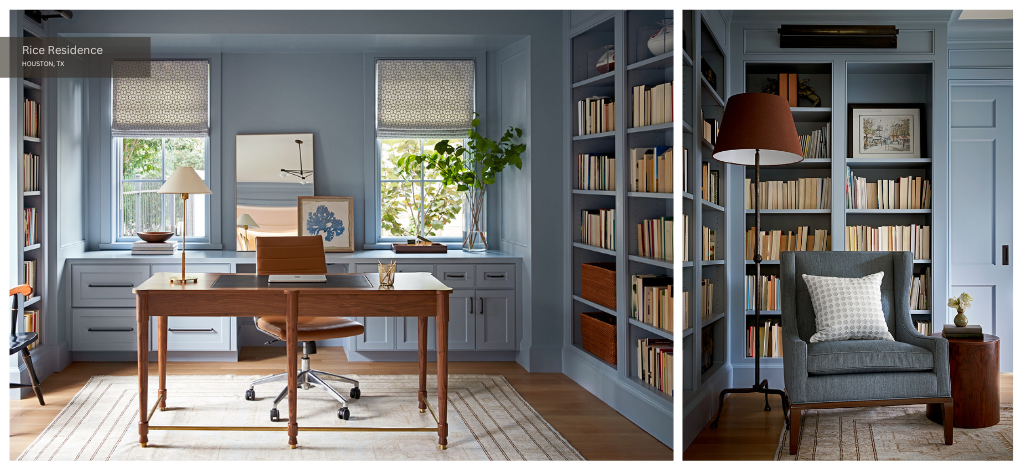
Accurate budgeting is essential to avoid overruns in home renovation costs and to ensure that you set realistic expectations. Be sure to thoroughly assess all potential expenses, including materials, labor, permits, and unforeseen costs. Staying within budget requires careful planning and monitoring throughout the project. This not only helps in managing finances efficiently but also in avoiding financial strain due to unexpected expenses.
Effective planning for a remodel includes several key steps. Firstly, obtaining multiple quotes from contractors is essential to ensure competitive pricing and quality work. It’s also important to plan for contingencies by setting aside a portion of the budget (typically 15 to 25%) for unexpected expenses. Detailed planning helps in identifying potential challenges early and ensures that the project remains on track both financially and in terms of timeline.
How You Can Stay Informed and Prepared Ahead of Your Remodel
Homeowners can stay informed and prepared by regularly following industry news, attending home improvement shows, and engaging with online communities. Subscribing to home and garden magazines and following trusted renovation experts on social media can provide insights into emerging trends and innovative products.
Staying connected with local contractors, design firms, and suppliers is also beneficial for timely updates on material availability and cost changes. Regularly reviewing one’s home equity and financial options ensures preparedness for future remodeling projects.
Ready to Get Started on Your Project?
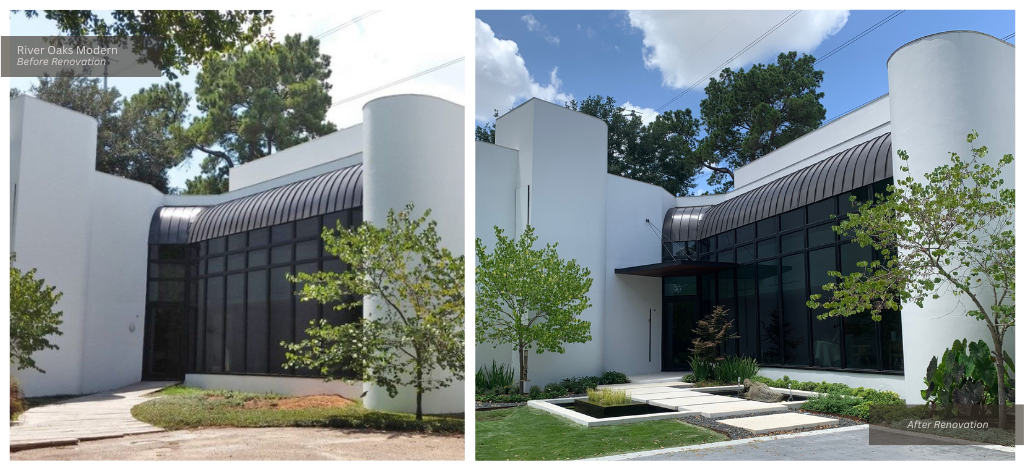
No matter what 2024 has in store, each homeowner should engage in thorough research and obtain multiple quotes to ensure realistic budgeting and avoid cost overruns. For those in Houston who are ready to begin their own remodeling projects, we encourage you to reach out to our team at Laura U Design Collective. If your project is a fit for our skillset and approach, our team will ensure your home evolves into the ideal space for family, friends, connection, and those special moments of solitude we all treasure.

